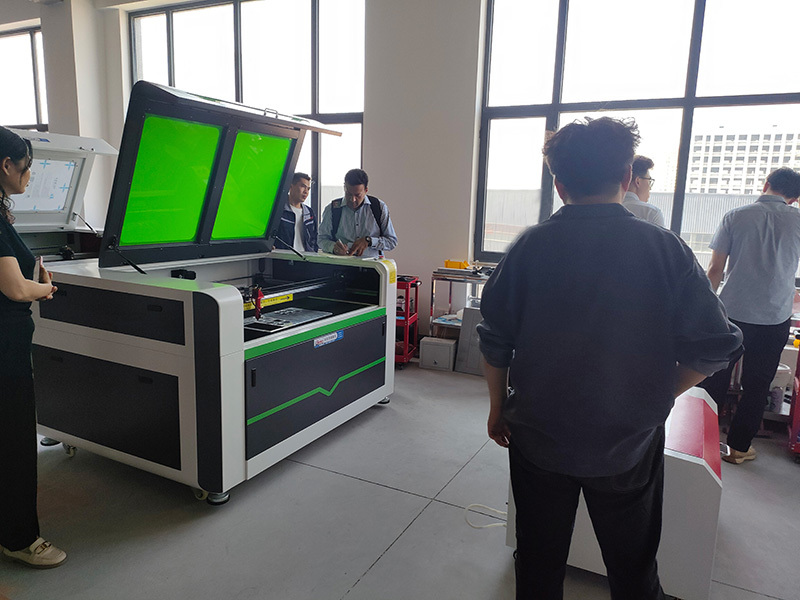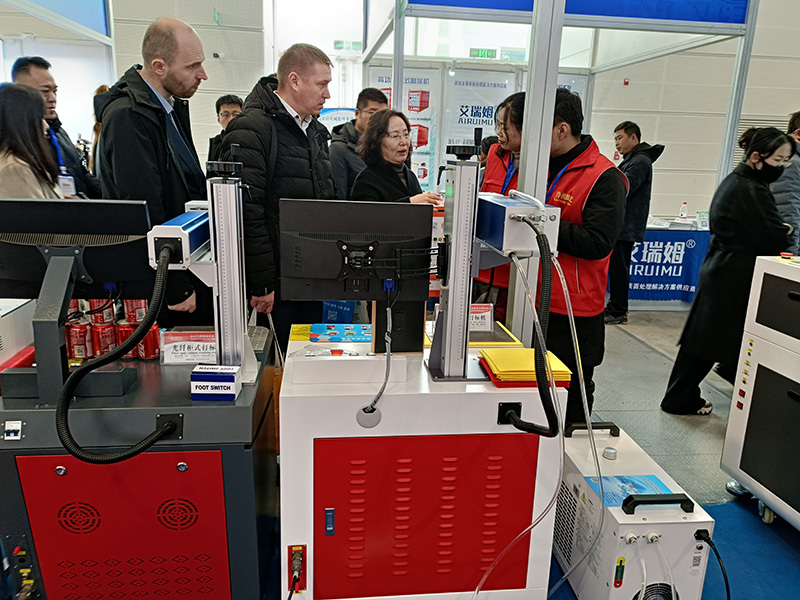Properties of Metals
Release time:
Sep 10,2024
Sand mold cutting has a wide range of adaptability, and can be used for small and large pieces, simple and complex pieces, single pieces and large batches. Sand molds are more refractory than metal molds, so materials with higher melting points such as copper alloys and ferrous metals also use this process.
Sand mold cutting has a wide range of adaptability, and can be used for small and large pieces, simple and complex pieces, single pieces and large batches. Sand molds are more refractory than metal molds, so materials with higher melting points such as copper alloys and ferrous metals also use this process. The molds used for sand mold cutting are generally made of wood, commonly known as wooden molds. In order to improve the dimensional accuracy, aluminum alloy molds or resin molds with longer service life are often used. Although the price has increased, it is still much cheaper than the molds used for metal mold cutting. In the production of small batches and large pieces, the price advantage is particularly prominent. Metal mold cutting When using metal mold cutting, the following factors must be considered comprehensively: long manufacturing cycle and high cost, not suitable for single piece and small batch production; not suitable for cutting complex shapes (especially inner cavities), thin walls and large castings (metal molds are limited by the size of mold materials and the capacity of cavity processing equipment and cutting equipment, so metal molds are not suitable for the production of particularly large castings) The mold fee is more expensive than sand molds and cheaper than die casting. Gravity cutting is widely used in the production of various non-ferrous castings, but metal mold cutting also has disadvantages such as low metal utilization, difficulty in pouring thin-walled complex castings, and relatively low density of castings compared to pressure cutting. High-pressure cutting Because the molten metal will inevitably trap the air in the cavity inside the casting to form subcutaneous pores during the process of filling the cavity under high pressure and high speed, so aluminum alloy die castings are not suitable for heat treatment, and zinc alloy die castings are not suitable for surface spraying (but can be painted). Otherwise, when the pores inside the casting are heated for the above treatment, they will expand due to heat and cause the casting to deform or bubble. The mechanical cutting allowance of die castings should also be smaller, generally around 0.5mm, which can not only reduce the weight of the casting, reduce the amount of cutting to reduce costs, but also avoid penetrating the dense layer on the surface, exposing subcutaneous pores, and causing the workpiece to be scrapped. Due to the looseness inside the die castings, poor plasticity and toughness, they are not suitable for manufacturing parts that bear impact loads. The wall thickness of the casting is uniform, and 3~4mm thin-walled castings are preferred. The maximum wall thickness should be less than 6~8mm to prevent defects such as shrinkage cavities. Avoid machining to prevent internal holes from being exposed. Low-pressure cutting The filling of the molten metal under pressure can improve the fluidity of the molten metal, and the casting has good formability, which is conducive to the formation of castings with clear contours and smooth surfaces. It is more beneficial for the forming of large thin-walled castings; the castings crystallize and solidify under pressure, and can be fully compensated for shrinkage, so the castings have dense tissue and high mechanical properties; The process yield of the molten metal is improved, and generally no riser is required, which greatly improves the yield of the molten metal, and the yield can generally reach 90%. Good working conditions, high production efficiency, easy mechanization and automation are also the outstanding advantages of low-pressure cutting. Low-pressure cutting has a wide range of application for alloy grades, and can basically be used for cutting various alloys. It is not only used for cutting non-ferrous alloys, but also for cast iron and cast steel. Especially for nonferrous alloys that are easily oxidized, it shows its superior performance, that is, it can effectively prevent the formation of oxidation slag in the molten metal during the pouring process. Low-pressure cutting has no special requirements for casting materials.
NEWS
Participate in the 2025 Shanghai International Printing Exhibition from March 4th to March 7th, 2025
Participate in the 2025 Shanghai International Printing Exhibition from March 4th to March 7th, 2025
Xinst Laser will participate in the 2025 Jinan International Advertising Exhibition from February 22nd to 24th, 2025
Sand mold cutting has a wide range of adaptability, and can be used for small and large pieces, simple and complex pieces, single pieces and large batches. Sand molds are more refractory than metal molds, so materials with higher melting points such as copper alloys and ferrous metals also use this process.
Metal cutting types and molding methods are usually divided into: Ordinary sand cutting, including wet sand, dry sand and chemical hardening sand.
When using metal cutting, the following factors must be considered comprehensively
In ancient times, China, India, Babylon, Egypt, Greece and Rome had already cut weapons, sacrificial vessels, artworks and household appliances. Early castings were made of gold, silver, copper and their alloys. The Bronze Age was a glorious page in the history of human civilization; later, cast iron parts appeared.









